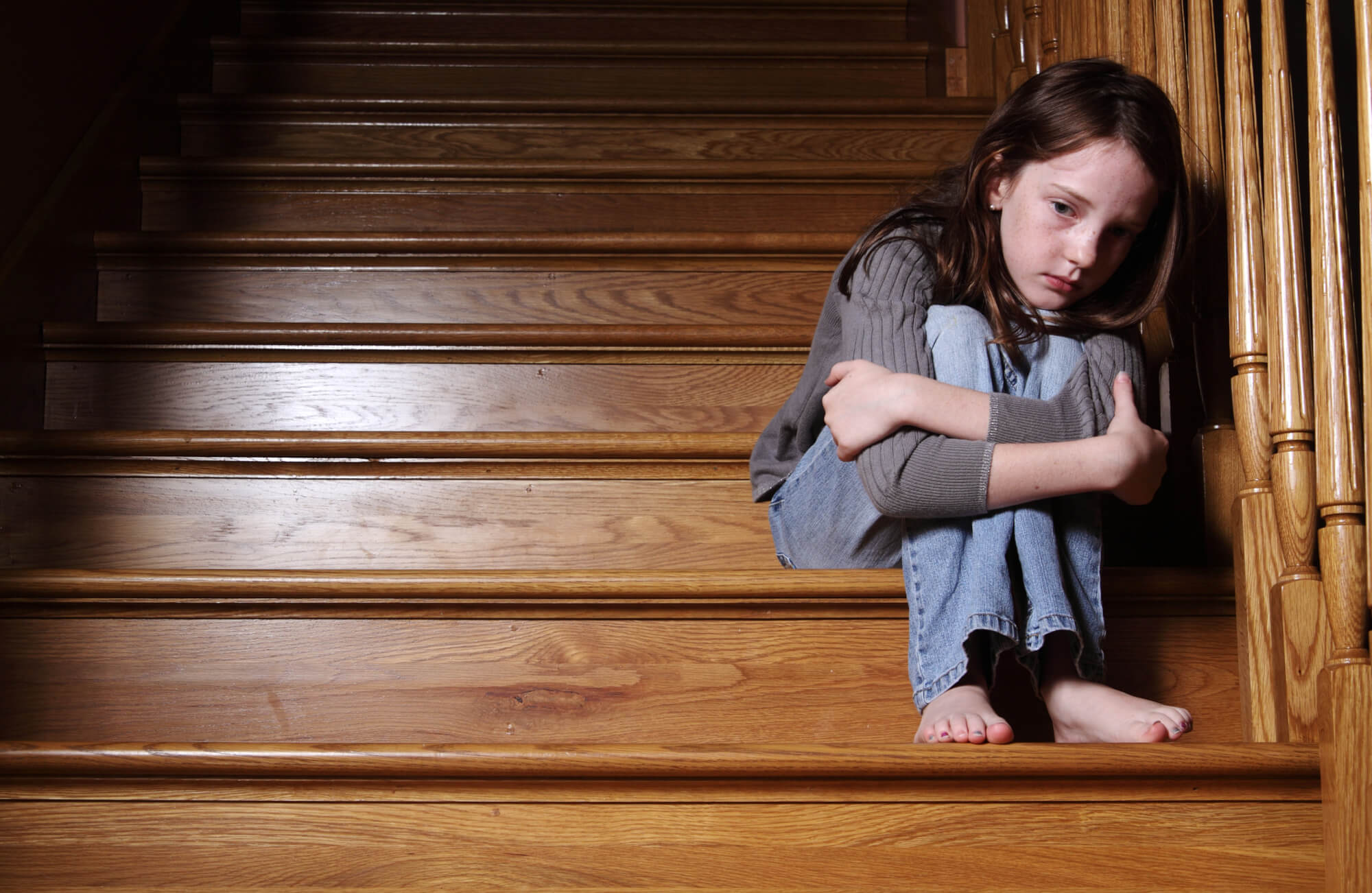Witnessing Domestic Abuse & Violence: the Short and Long-Term Effects on Children

Domestic abuse and violence inflicts profound wounds not only on its direct victims but also on the innocent witnesses within the household – the children. This article delves into the enduring psychological and physical impacts of a child's exposure to domestic abuse and violence. Moreover, it underscores crucial strategies for shielding children from harm's reach.
Immediate Ramifications of Witnessing Domestic Violence
In the UK, domestic abuse casts a chilling shadow over countless homes. The Crime Survey for England and Wales (CSEW) estimated that 5.0% of adults (6.9% women and 3.0% men) aged 16 years and over experienced domestic abuse in the year ending March 2022. This equates to an estimated 2.4 million adults (1.7 million women and 699,000 men). In 2020/21, police in England and Wales made almost 245,000 referrals to social services for domestic abuse where children are involved, representing an 8% increase from the previous year.
The Effects of Domestic Abuse on Children
The effects of domestic abuse on children manifest swiftly, triggering a cascade of psychological and physical tolls. Among the immediate consequences are:
- Anxiety: Children marinated in the toxic atmosphere of domestic violence live in perpetual fear, anticipating the next outburst of physical or verbal aggression. Preschoolers may regress to infantile behaviours like thumb-sucking or bedwetting, while school-aged children grapple with guilt and plummeting self-esteem, erroneously blaming themselves for the abuse.
- Post-Traumatic Stress Disorder (PTSD): Witnessing domestic violence can inflict deep-seated trauma, leading to symptoms akin to PTSD. Children may endure nightmares, sleep disturbances, and emotional upheavals, sometimes even reenacting the violence they've witnessed.
- Physical Ailments: The mental strain of domestic violence often manifests in physical illnesses. School-aged children may complain of headaches and stomach pains stemming from the fraught environment at home, while infants face an increased risk of physical harm due to the pervasive abuse.
- Aggressive Behaviour: Teenagers, exposed to the volatile dynamics of domestic violence, often exhibit rebellious conduct, ranging from truancy to substance abuse. These adolescents are also at heightened risk of entanglement with the law.
- Potential Victimhood: Tragically, children in abusive households may themselves become targets of violence, enduring physical, verbal, and emotional mistreatment from their abusers.
Enduring Effects of Witnessing Domestic Violence
While physical removal from the abusive environment offers respite, the scars inflicted by witnessing domestic violence often linger well into adulthood. Some long-term consequences of these adverse childhood experiences (ACEs) include:
- Depression: The anxious child raised amidst a cauldron of abuse may metamorphose into a sad adult. Chronic exposure to domestic violence elevates the risk of depression, characterised by pervasive sadness, cognitive impairments, and a myriad of other symptoms.
- Health Complications: The adverse health outcomes observed in adulthood, such as heart disease and obesity, may find their roots in the trauma endured during childhood. The physiological toll of witnessing domestic violence reverberates across the lifespan.
- Perpetuation of Abuse: Tragically, the cycle of abuse often persists across generations. Children raised in environments rife with violence may replicate these destructive patterns in their own relationships, perpetuating the cycle of harm.
Safeguarding Children from Domestic Abuse
Given the profound and enduring impact of domestic violence on children, proactive measures must be taken to shield them from harm's reach. Key strategies include:
Prioritise Safety: Empower victims to seek refuge from abusive environments, safeguarding children from further exposure to violence and fostering environments conducive to healthy development.
Foster Healthy Relationship Dynamics: Educate children about the fundamentals of healthy relationships, emphasising mutual respect and conflict resolution without resorting to violence.
Establish Boundaries: Equip children with the tools to recognise and assert their boundaries, empowering them to resist exploitation and seek help when needed.
Seek Professional Support: Enlist the aid of mental health professionals to mitigate the psychological toll of witnessing domestic violence, providing children with the support needed to navigate the trauma and reclaim their well-being.
In conclusion, the impact of witnessing domestic violence transcends mere observation, leaving indelible imprints on the psychological and physical well-being of children. By implementing comprehensive strategies for intervention and support, society can break the cycle of violence, offering hope and healing to those trapped in its grip.
Sara Spinks
SSS Author & Former Headteacher
24 June 2024